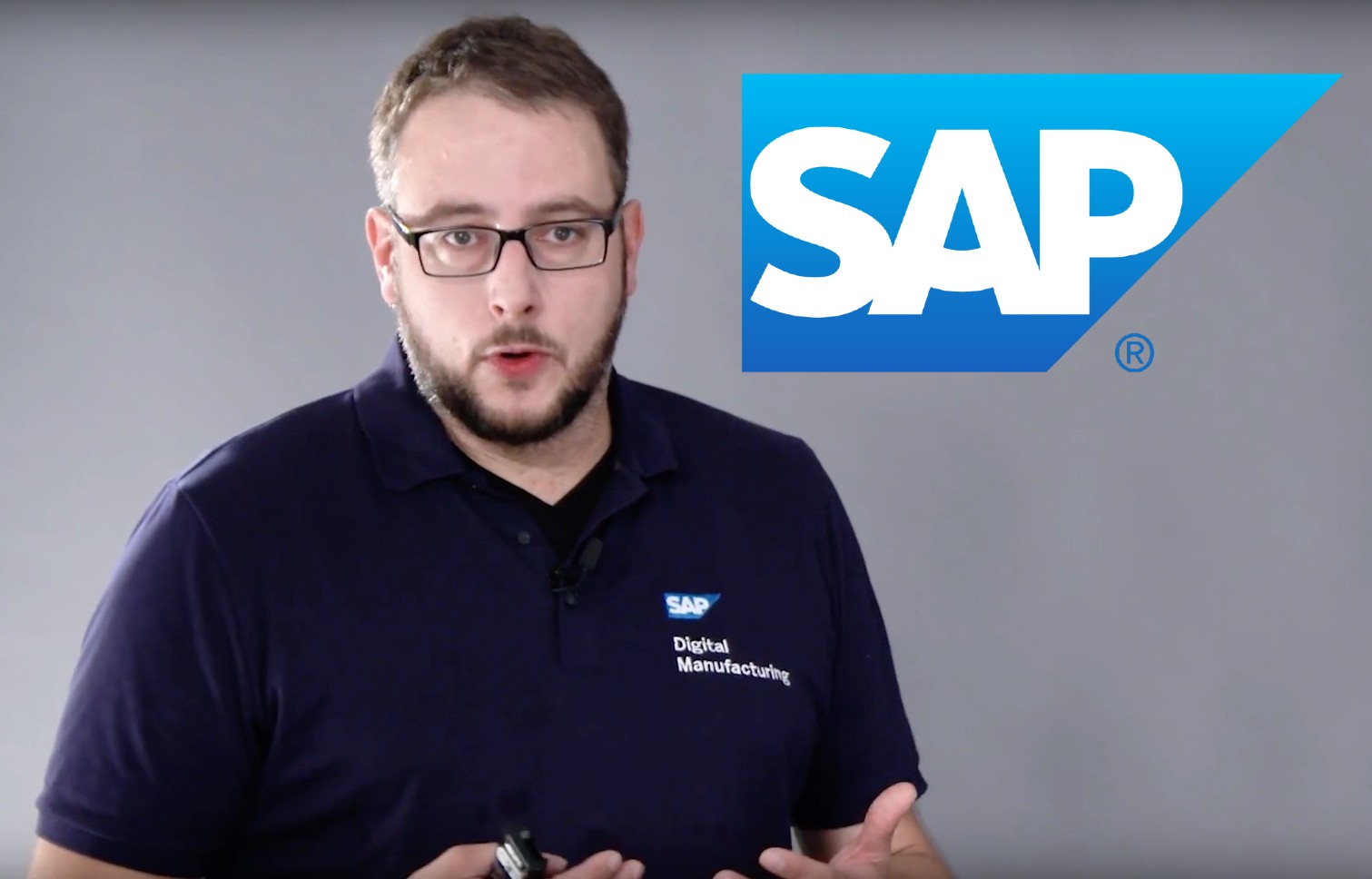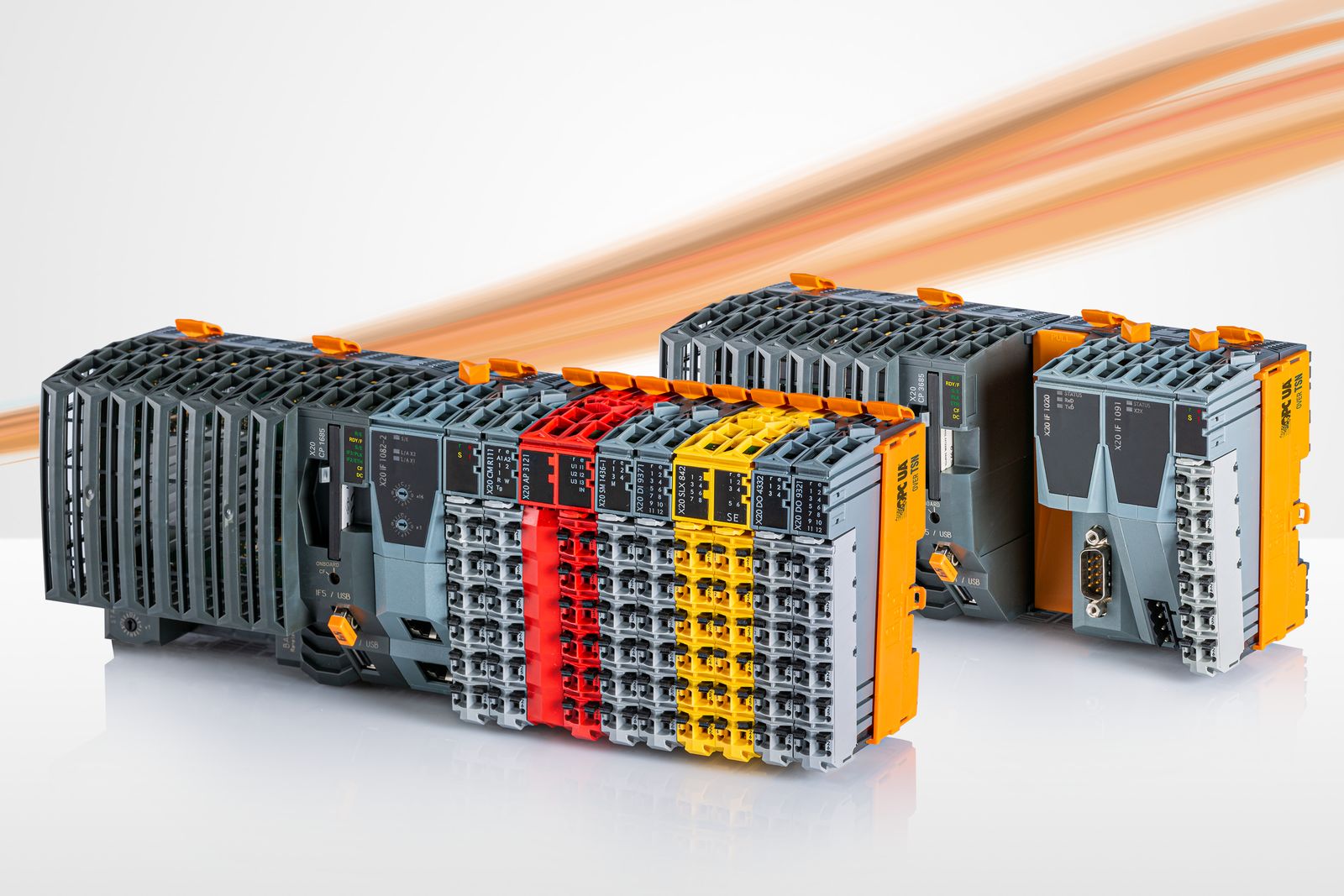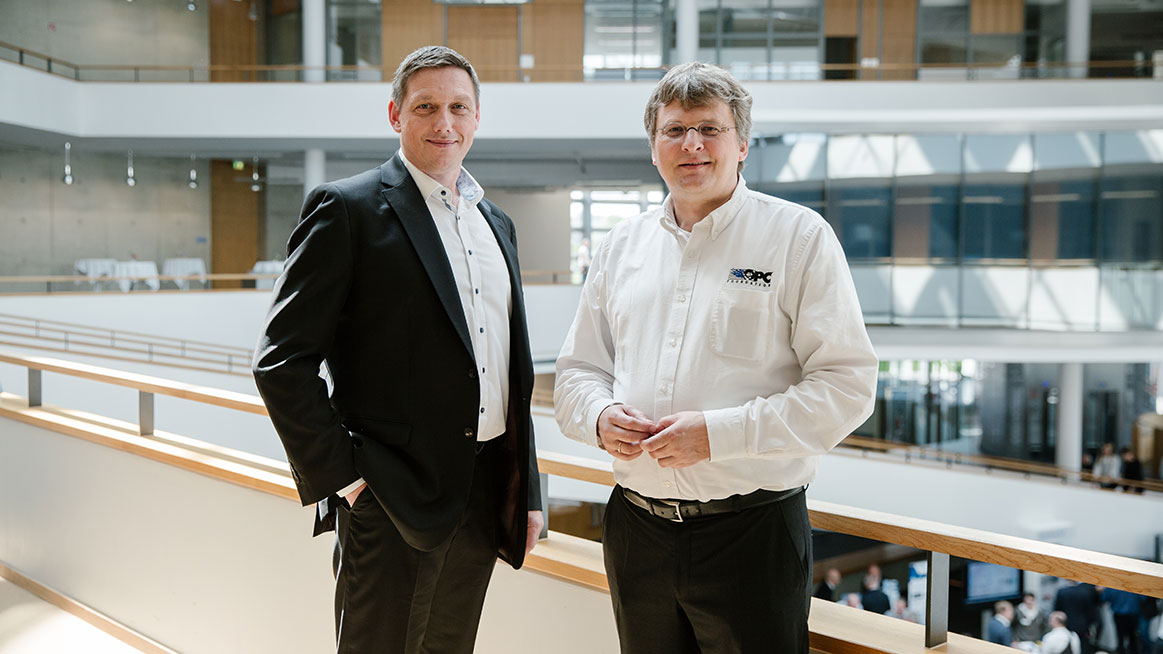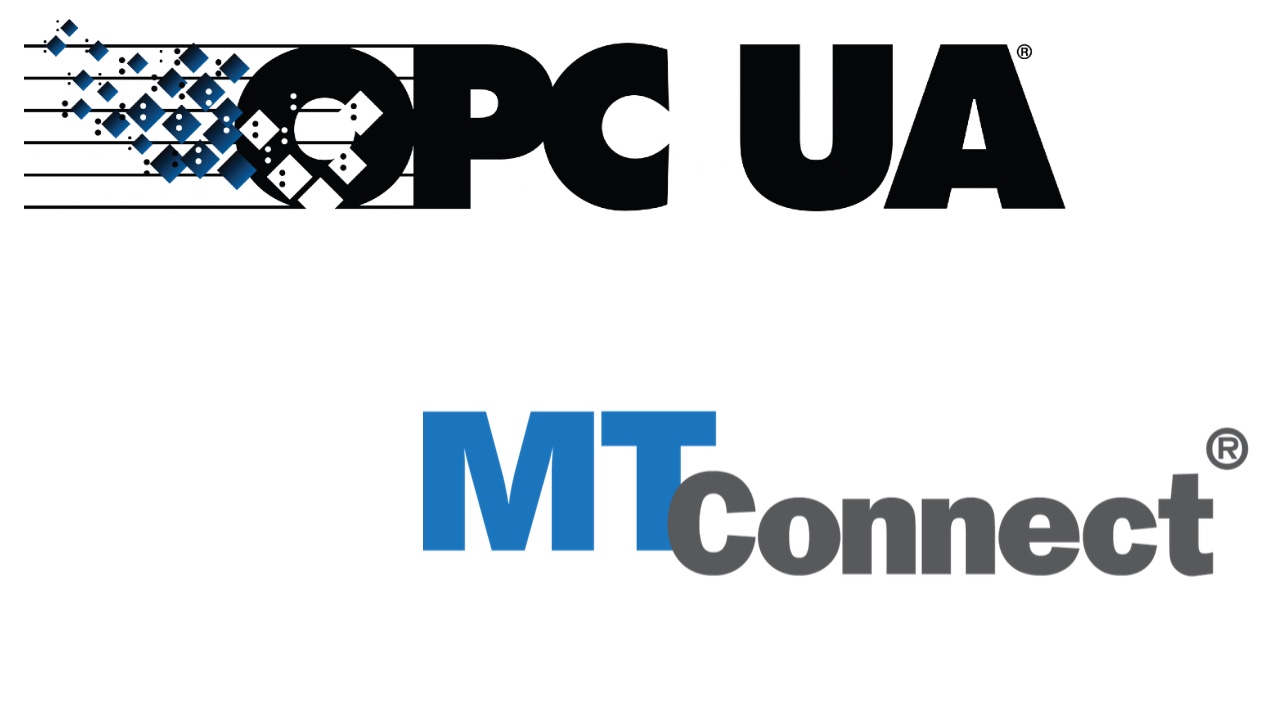The Power of Business Context When Thinking About Automation
Reimagining the Control Loop: thanks to the standardization success of OPC UA, the bi-directional integration between Information Technology (IT – Business Context) and the Operational Technology (OT – Physical Components and their Control Functions) is nowadays much less complex and costly than in the past.





